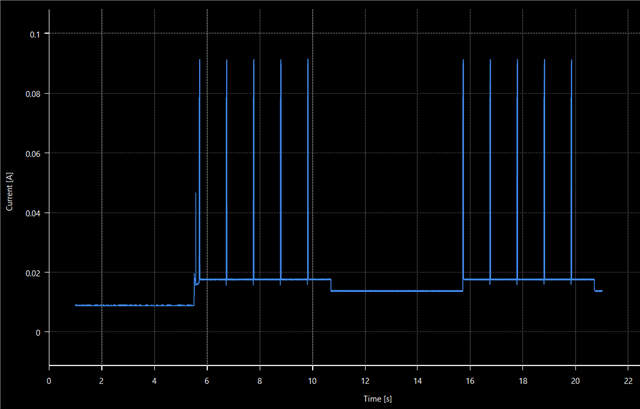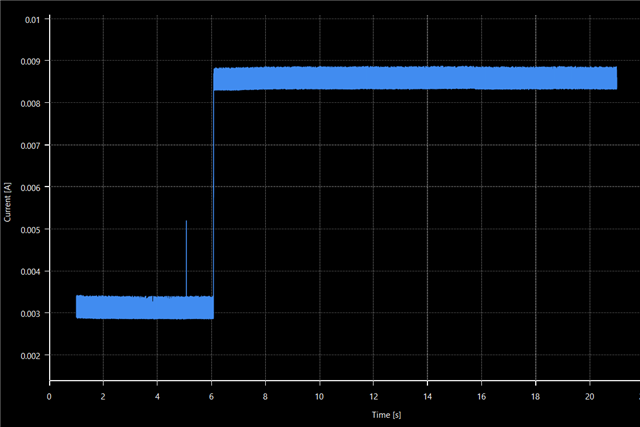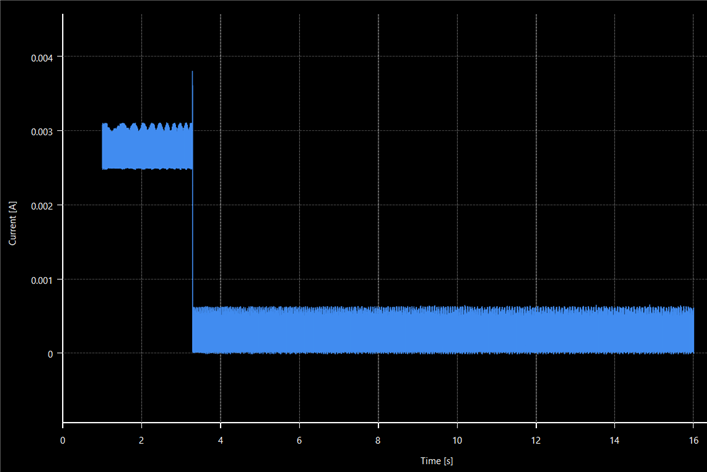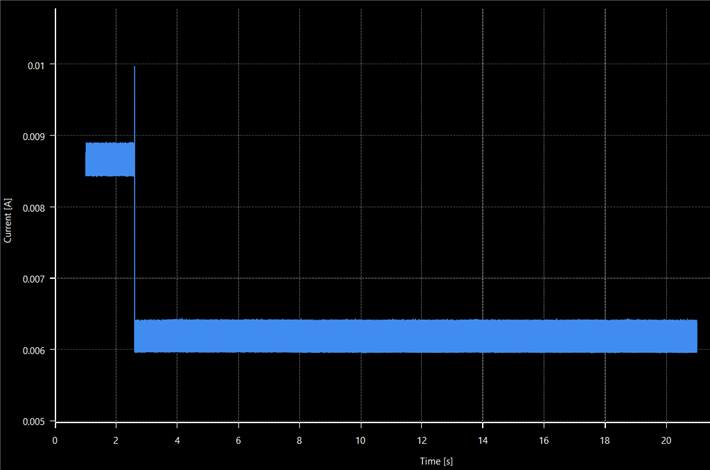Hello everyone,
I'm working with the nRF5340-DK, aiming to achieve the lowest possible power consumption. From what I have read in some posts, I understand that this board should be able to reach consumption levels around 3 to 5 mA. In my setup, I'm using an SMU to power the board (through the P22 connector) and measure current. I've also set the nRF-only mode using the onboard switch to minimize MCU interface consumption. However, my current consumption is around 20 mA, which seems quite high for a chip described as ultra-low-power in the datasheet.
In my proj.conf I have disabled logging to reduce consumption:
CONFIG_LOG=n
CONFIG_SERIAL=n
And in my device tree overlay I have disabled some unused peripherals:
If helpful, I can provide current consumption graphs from the SMU software.
I'm wondering if there are additional configurations or APIs that would allow the board to enter a deep sleep mode, waking periodically to further reduce power consumption. I’ve noticed that Zephyr has APIs for managing low-power modes, but I’m unable to enable CONFIG_HAS_PM in proj.conf, which seems necessary for these functions.
Any advice on this would be greatly appreciated. Thank you!






